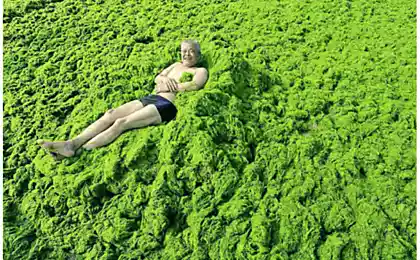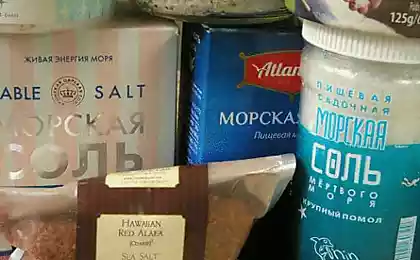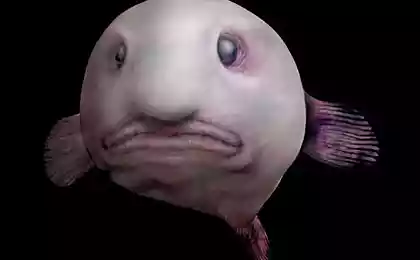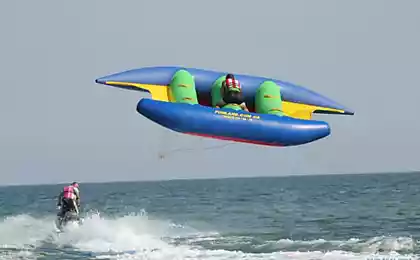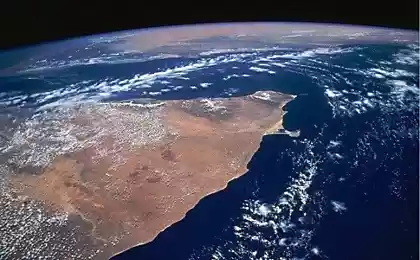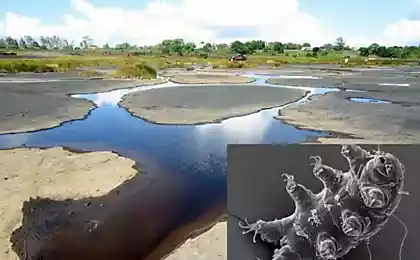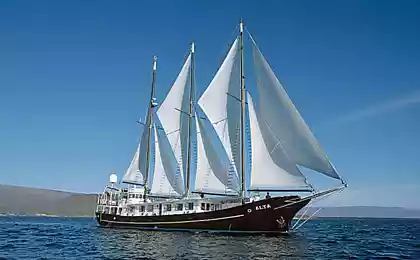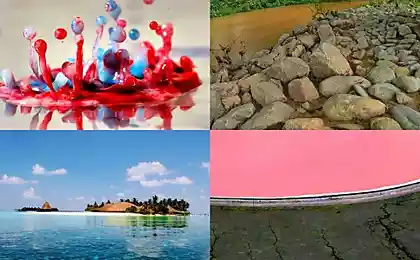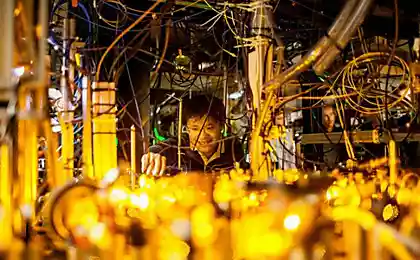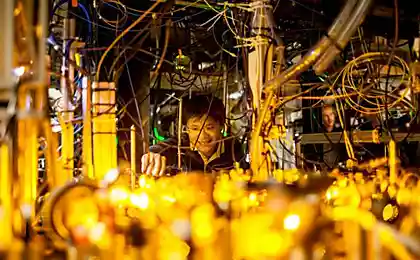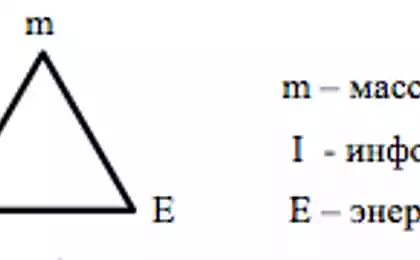3594
A drop of seawater
Here is a picture of sea water, enhanced with a microscope 25 times. Seas and oceans are home to countless of diverse fauna of tiny animals and plants, which are the main inhabitants of our planet and are called plankton. Let's take a closer look at some instances. The word "plankton" does not describe any particular type of organisms, it is - a general description of all microscopic forms of life in the ocean, drifting with ocean currents.
Plankton includes marine viruses, microscopic algae and bacteria, tiny worms and crustaceans as well as eggs, larvae and juveniles of larger forms of marine life.

A graphical representation of the previous photo

Crab larva. Tiny transparent arthropod no more than 5mm in length. Will be a long time before it develops from a complete individual.
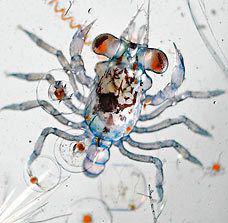
Cyanobacteria. One of the most primitive forms of life on Earth. Among the first organisms developing on the planet, cyanobacteria have evolved ways of photosynthesis, saturating the planet with oxygen. To this day, most of the planet's oxygen is produced billions of cyanobacteria inhabiting the ocean.
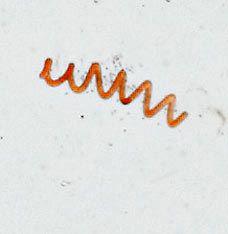
Diatoms. Number them in the ocean is difficult to even imagine - the account goes on quadrillions. These small, square-celled organisms are distinguished by the presence of cells in a kind of "shell" consisting of silica and are amazingly beautiful type of algae. When they die, their cell walls are lowered to the seabed and are involved in the formation of the rock.
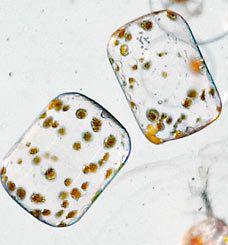
Copepods. These creatures like cockroaches, are the most common representatives of the zooplankton (animal plankton), and perhaps the most important animals of the ocean. Because they are the main source of protein for many, many other species that inhabit the ocean.
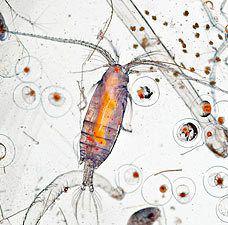
Caviar. Almost all the fish lay their eggs (caviar), although among them there are viviparous. There are species that are trying to somehow protect their future offspring, but the vast majority did not attach much importance to this issue and caviar just floating in the ocean. Much of it, of course, is eaten.
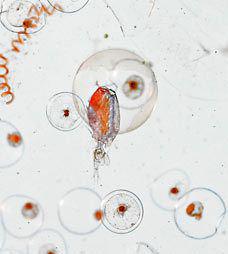
Marine worm. Multi-segmented polychaete equipped with dozens of tiny restnichkoobraznyh appendages with which it can move in the water.

Source: www.dailymail.co.uk
Plankton includes marine viruses, microscopic algae and bacteria, tiny worms and crustaceans as well as eggs, larvae and juveniles of larger forms of marine life.

A graphical representation of the previous photo

Crab larva. Tiny transparent arthropod no more than 5mm in length. Will be a long time before it develops from a complete individual.

Cyanobacteria. One of the most primitive forms of life on Earth. Among the first organisms developing on the planet, cyanobacteria have evolved ways of photosynthesis, saturating the planet with oxygen. To this day, most of the planet's oxygen is produced billions of cyanobacteria inhabiting the ocean.

Diatoms. Number them in the ocean is difficult to even imagine - the account goes on quadrillions. These small, square-celled organisms are distinguished by the presence of cells in a kind of "shell" consisting of silica and are amazingly beautiful type of algae. When they die, their cell walls are lowered to the seabed and are involved in the formation of the rock.

Copepods. These creatures like cockroaches, are the most common representatives of the zooplankton (animal plankton), and perhaps the most important animals of the ocean. Because they are the main source of protein for many, many other species that inhabit the ocean.

Caviar. Almost all the fish lay their eggs (caviar), although among them there are viviparous. There are species that are trying to somehow protect their future offspring, but the vast majority did not attach much importance to this issue and caviar just floating in the ocean. Much of it, of course, is eaten.

Marine worm. Multi-segmented polychaete equipped with dozens of tiny restnichkoobraznyh appendages with which it can move in the water.

Source: www.dailymail.co.uk
